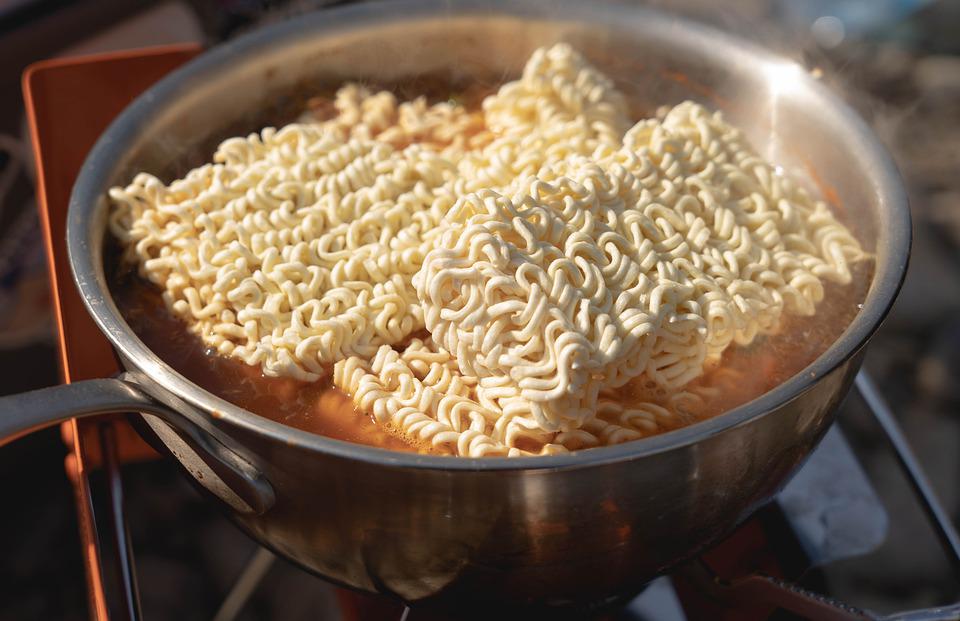5 Examples of Inferior Goods

What is an Inferior Good?
In economics, an inferior good is a good whose demand has an inverse relationship with consumer income. This means that when consumer income rises, the demand for inferior goods declines.
Similarly, when consumer income decreases, the demand for inferior goods increases. When consumer income decreases, such as in a recession, inferior goods are an affordable substitute for normal goods.
How Do Inferior Goods Differ From Normal Goods?
A normal good is the opposite of an inferior good. It’s defined as a good that experiences an increase in demand when consumer income increases and a decrease in demand when consumer income decreases.
Examples of Inferior Goods
Now that we’ve established what inferior goods are and how they differ from normal goods, what are some examples? 5 common examples of inferior goods include inexpensive food, cheap cars, public transportation, generic brands, and payday loans.
Inexpensive Foods
The most common example of inferior goods is inexpensive food. This can include fast food, bologna, frozen dinners, instant noodles, canned vegetables, generic grocery products, etc. These are products that most consumers would rather not buy if they had the income to buy more expensive alternatives. Although some individuals may prefer inexpensive food, more expensive alternatives generally offer more satisfaction to the buyer.
Cheap Cars
Cheap cars is another common example. When somebody is earning a lot of money, they are less likely to purchase a cheap car than somebody who isn’t earning a lot of money. When consumer income increases, the demand for high-end vehicles increases and when consumer income decreases, the demand for cheap vehicles increase.
Public Transportation
For most people, public transportation is not a preferred method of transportation. In some instances, individuals will use public transportation when they can’t afford to purchase a vehicle. When consumer income increases, the demand for public transportation decreases and when consumer income decreases, the demand for public transportation increases.
It is worth noting that public transportation is not always an inferior good. In many cities around the world, public transportation is the preferred method of transportation, regardless of economic status.
Generic Brands
Generic brands are often referred to as “no-name” products, due to them not being easily recognizable brands. Generic brands often have very basic packaging and are priced lower than other brand name products in its category. Examples of generic brands include generic grocery store products and off brand clothing and shoes.
When people have more money, they are less likely to purchase generic brands and when people are on a tight budget, they are more likely to purchase generic brands.
Payday Loans
A payday loan, sometimes referred to as a cash advance, is a short-term loan against somebody’s next paycheck. Since payday loans are more risky to a lender, they often carry high interest rates. As you can imagine, payday loans are often used in an emergency when someone needs money immediately.
Individuals are less likely to need a payday loan when they are earning a lot of money and more likely to need a payday loan in times of financial distress.
